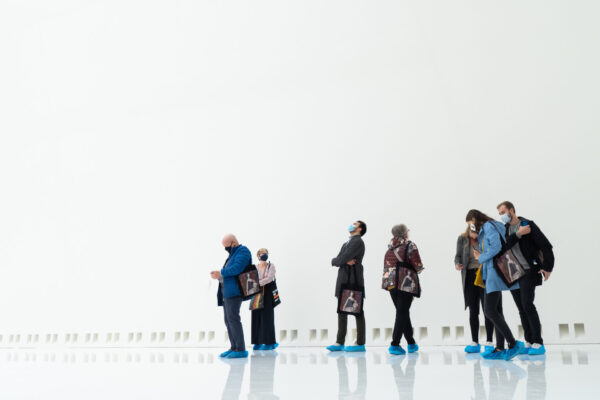Royal Museum of Fine Arts
The Royal Museum of Fine Arts presents seven centuries of art in a unique 19th-century setting. The collection highlights include Early Netherlandish paintings and works by Peter Paul Rubens, Rik Wouters, and James Ensor. In addition to its holdings of Southern Netherlandish art, the museum also possesses some striking foreign masterpieces.
The oldest items, four unique panel paintings by Simone Martini, date from the 14th century; the most recent work was created in the 1970s. This wonderful international mix of old and new is the result of many years of intensive collecting, first by the painters guild of St Luke, then by the Fine Arts Academy, and finally by the museum.


The original building was designed by Jan Jacob Winters (1849-1936) and Frans Van Dijk (1853-1939). In the 19th century, Antwerp was bursting at its seams. As the city ramparts and the Spanish fortress were demolished, the city was able to expand to the south by an area of 49 hectares.
In 1875, the city authorities began to plan a new district, complete with docks, a railway station, churches, a synagogue, and several cultural buildings. A new museum was to be built at the center of the newly developed area. It would replace the old museum of the Academy of Fine Arts.
The Antwerp city council organized two architectural competitions and studied dozens of foreign art temples. Winters and Van Dijk emerged as the joint winners of the competition and they were asked to join forces on a new design for the museum. Construction work started in 1883.


The museum eventually opened its doors on 11 Augustus 1890. The museum closed its doors on 30 April 2011 and will be closed until 2018, to be completely renovated and expanded. Many items in the collection have already been moved to an external depot or to other museums, where they will be displayed as loans in special exhibitions or alongside the permanent collection. The slogan ‘closed yet close by’ articulates how KMSKA intends to bridge the 2011-2017 period.
On the one hand, activities will focus on preparing the opening of a state-of-the-art KMSKA that is fit for the 21st century, while on the other the museum is determined not to lose touch with the general public during those six years. In other words: closed for renovation yet close to the public. That is why the museum’s unique collection remains largely accessible during the renovation work.
Items will be shown at host venues in Antwerp, Mechelen, and Lier, as well as at M Leuven, MSK Ghent, the Magritte Museum, and the Royal Museums of Fine Arts Belgium. So the collection will not just stay in Antwerp, it will come to you. Other museum activities will also continue. And the library will stay accessible to researchers and the general public.



